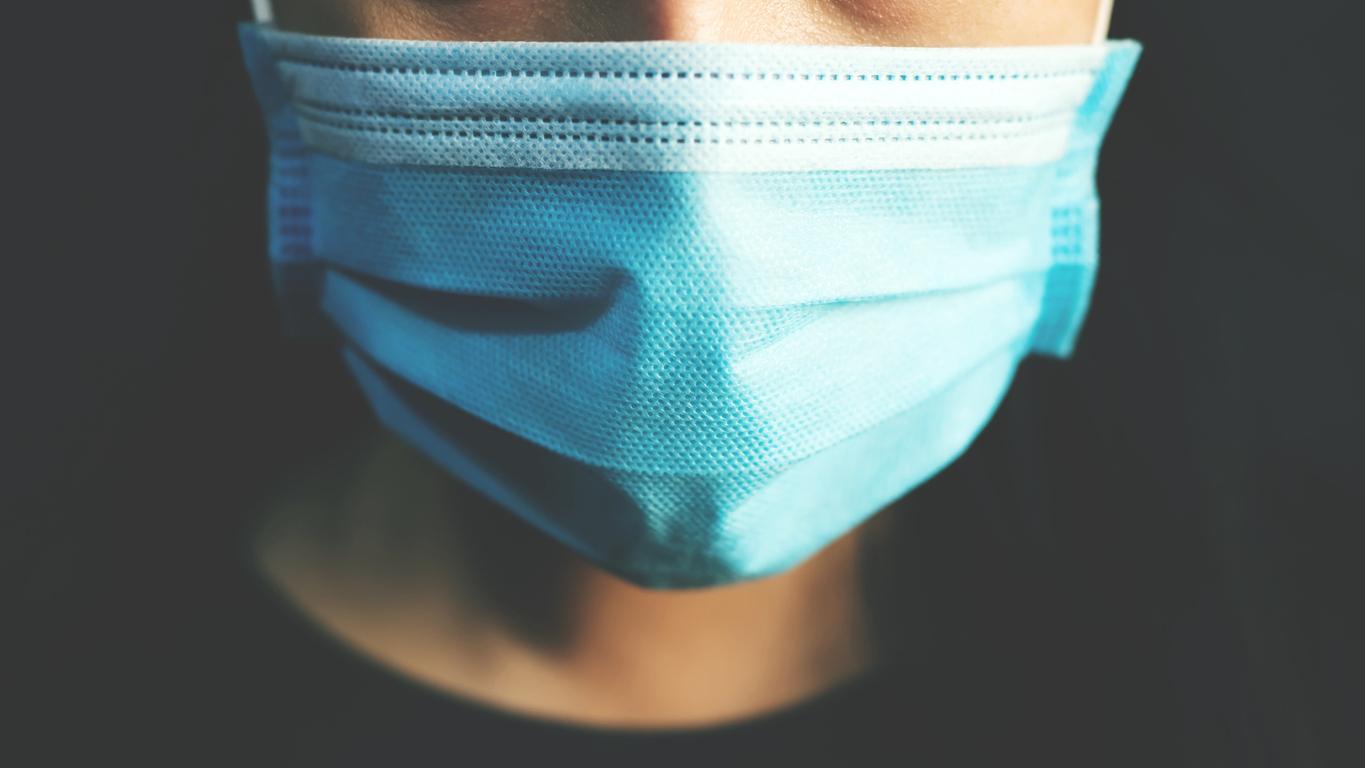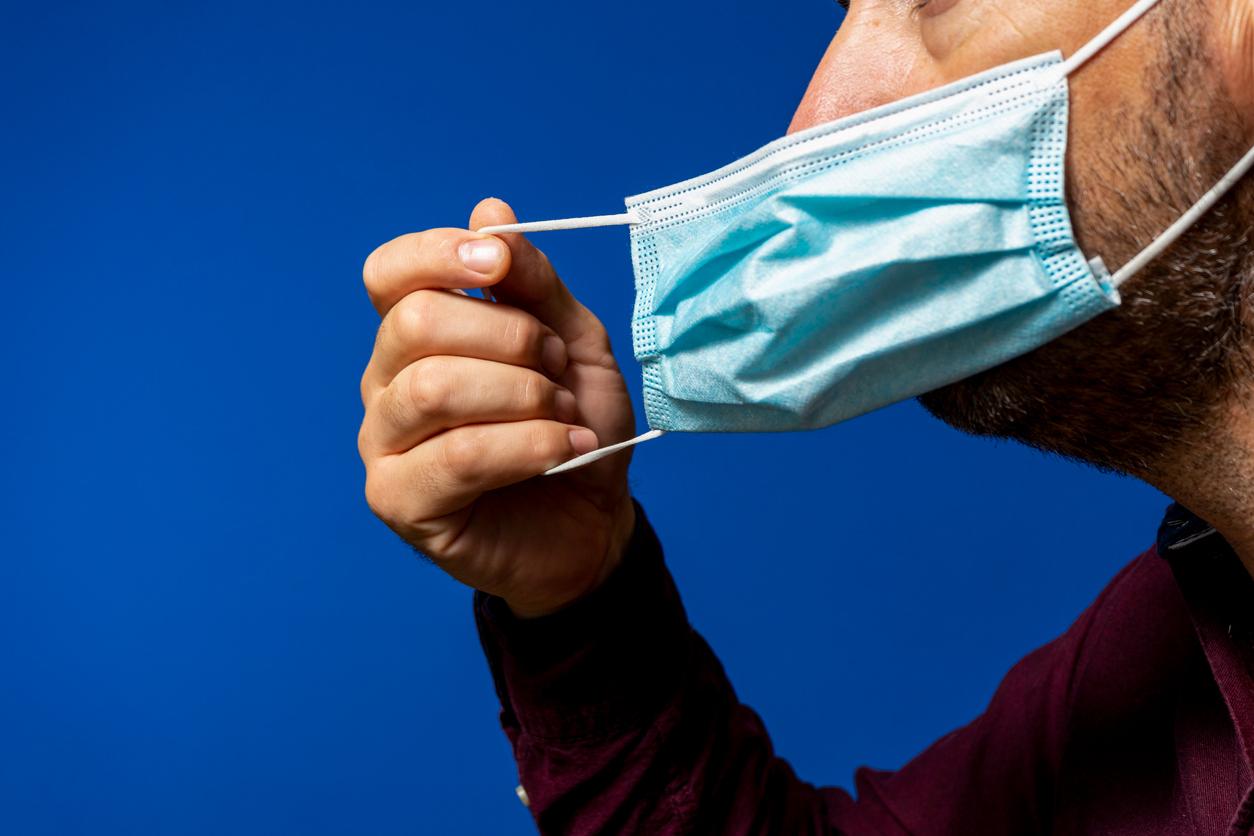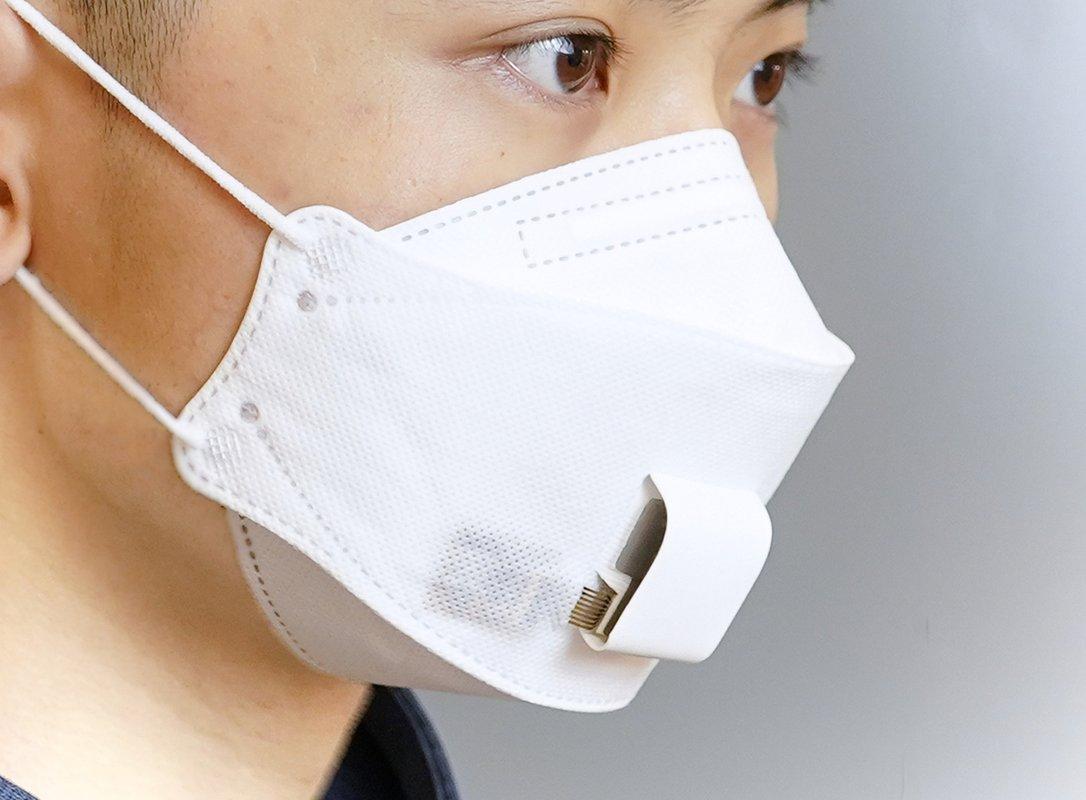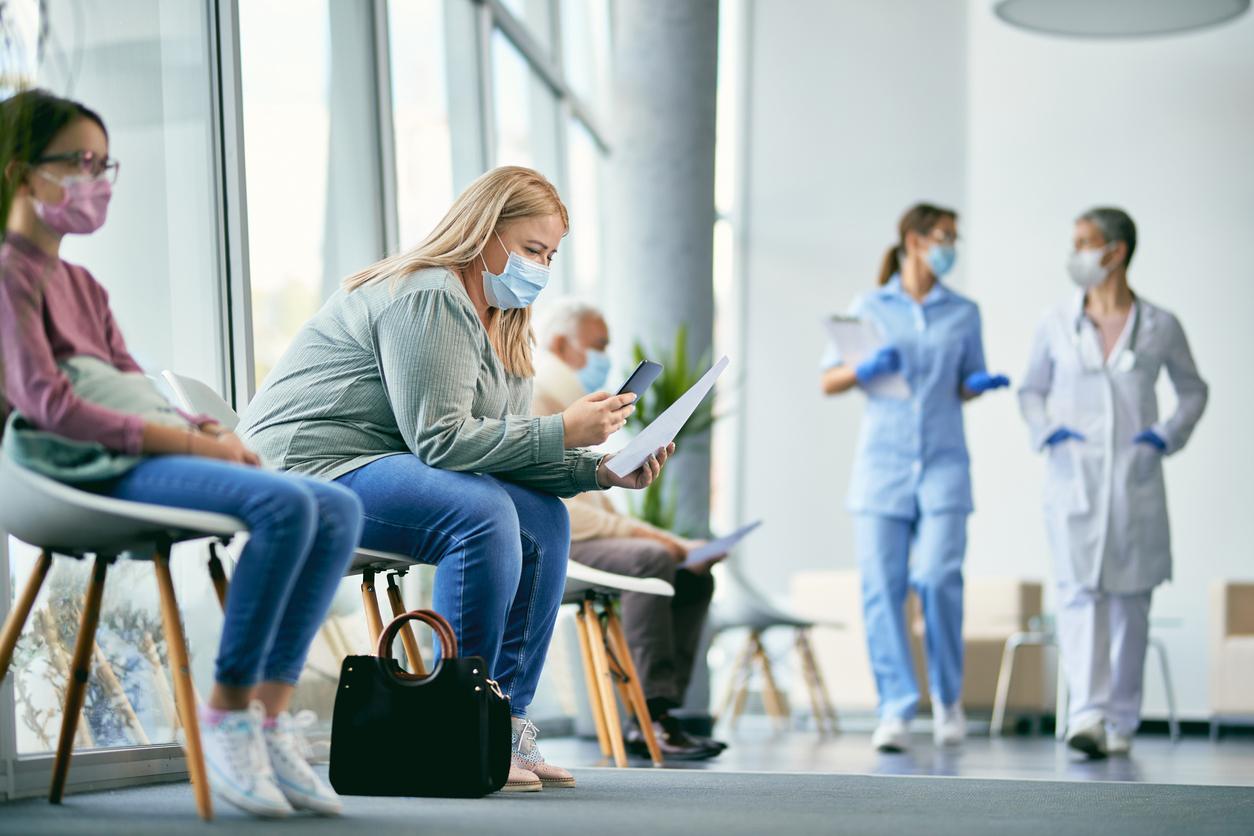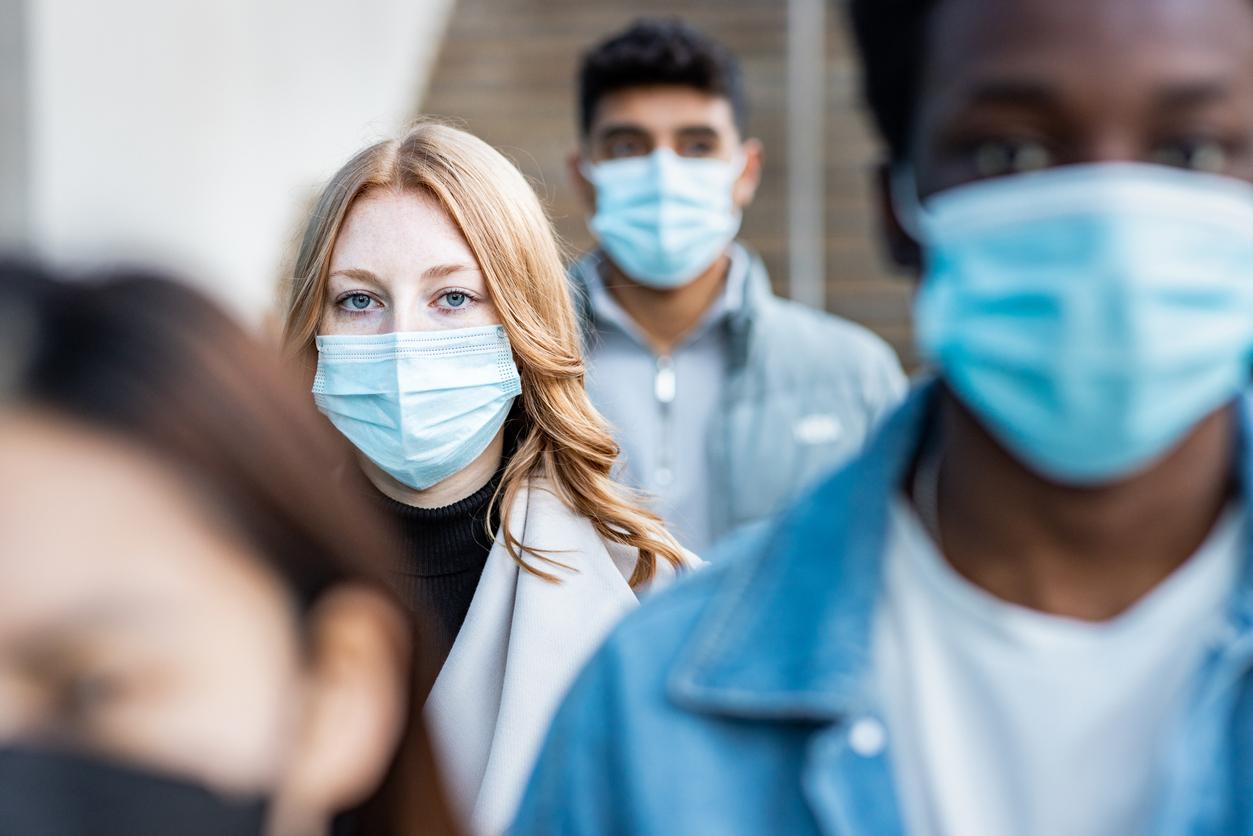On May 7, on the occasion of the presentation of the deconfinement plan, Édouard Philippe assumed the decision of the government not to make it compulsory to wear a mask in public space. Nevertheless, considering that there are places where its port is necessary, a decree published on May 11 stipulates that “masks must be worn systematically by all when the rules of physical distancing cannot be guaranteed”.
Recall that the Academy of Medicine had recommended making it compulsory to wear a “general public” mask when leaving confinement.
How to put on and take off a mask?
What is important to remember is that once the mask is in place (fabric or surgical), you should not touch it or wash your hands after touching it.
- Wash your hands with a hydroalcoholic gel or with soap and water.
- Apply the mask to your face covering the nose and mouth and adjust it. Don’t touch it again!
- Remove the mask from behind (do not touch the front of the mask)
- The mask is for single use: throw it away immediately! (if it’s a homemade fabric mask, put it in the wash)
- Wash your hands with a hydroalcoholic solution or with soap and water.
See it very educational video by Martin Fourcade on Twitter:
With the déconfinement, respect the barrier gestures.
Learn to master “the right technique” for wearing a mask, with @martinfkde and @SuperCazarre to the comments ️
It’s up to you to have the #PerfectGesturepic.twitter.com/nKUyMwPB82— Paris 2024 (@Paris2024) May 10, 2020
How to put on a mask with glasses? The Top Health tip in VIDEO
Are cloth and surgical masks effective?
The answer is yes. According to the Ministry of Health, wearing a surgical or fabric mask is above all intended to protect others. Worn by an infected person, it retains contaminating sputter and secretions emitted during the expiration of the wearer, “the projection of secretions from the upper airways or saliva which may contain transmissible infectious agents”.
And what about uninfected people? According to ministry of health infographic (below), two people talking 1 m apart can also emit virus particles. Also, as a precaution, it is preferable to wear a mask in public spaces. It is particularly recommended in confined places (supermarkets, public transport, etc.). The Academy of Medicine confirms that people who do not show symptoms but are carriers of the virus, as well as those in the incubation period, “excrete the virus and maintain the transmission of the infection”.
Provided you use it well. Because the mask is not a shield against the coronavirus! “This mask does not exempt barrier gestures at any time. It is an additional protection for healthy people when they move or work”, sums up Rim Chaouy, head of the occupational health and safety division (AFNOR).
How to wear a mask without risk?
The WHO is very clear: the mask is only effective if combined with frequent hand washing with a hydroalcoholic solution or with soap and water. Also, if you wear a mask, it is important that you know how to use it and remove it correctly.
Tutorial and videos to make your protective mask, the easiest (with a stapler and two rubber bands) to the most creative via the Afnor model, are shared on the Internet. You will find some examples of tutorials to make your mask in the slideshow above. Beware, however, of poor workmanship and misuse. Find here the 10 gestures not to do with your mask
How long can a mask be kept on?
Due to humidity caused by breathing, the effectiveness of surgical masks does not exceed 3 to 4 hours. They must therefore be changed regularly. Above all, remember that these are single-use masks: you do not wash an anti-projection mask bought in a pharmacy or homemade with a paper towel! Once used, it must be thrown in the trash, being careful not to touch it as it may be contaminated (handle it from behind by holding the rubber bands or strings). And last tip: wash your hands right after. If it is a fabric mask or a bandana, they must be systematically washed at 60°C after use. Finally, if you want to drink or eat, change your mask afterwards. Likewise if it is damaged.
The FFP2 masks, which are equipped with a filter, are used by healthcare professionals in close contact with patients. They protect against the inhalation of infectious agents transmitted by the air and by droplets. Their duration of protection varies between 3 and 8 hours.
How to wash your fabric mask?
- If it is a fabric mask, they must be systematically washed at 60°C after use, for at least 30 minutes.
- Remember that any fabric barrier mask must be washed after each use, knowing that this use should not exceed 4 hours.
- For those who own a washing machine, Afnor specifies in its FAQ that it is not necessary to systematically disinfect the drum before washing.
- The organization recommendsa pre-vacuum wash” if you have “inadvertently added a used mask with other clothes, when washing at a temperature below 60°C”. In this case, before washing, rinse the drum cold with bleach or run the washing machine empty at 60°C or 95°C, without spinning.
- Use a usual laundry.
- For drying, “completely dry the mask within two hours of washing”. All layers of the mask must be completely dry.
- At the slightest deterioration (wear, deformation, hole, etc.), the mask must be discarded.
















